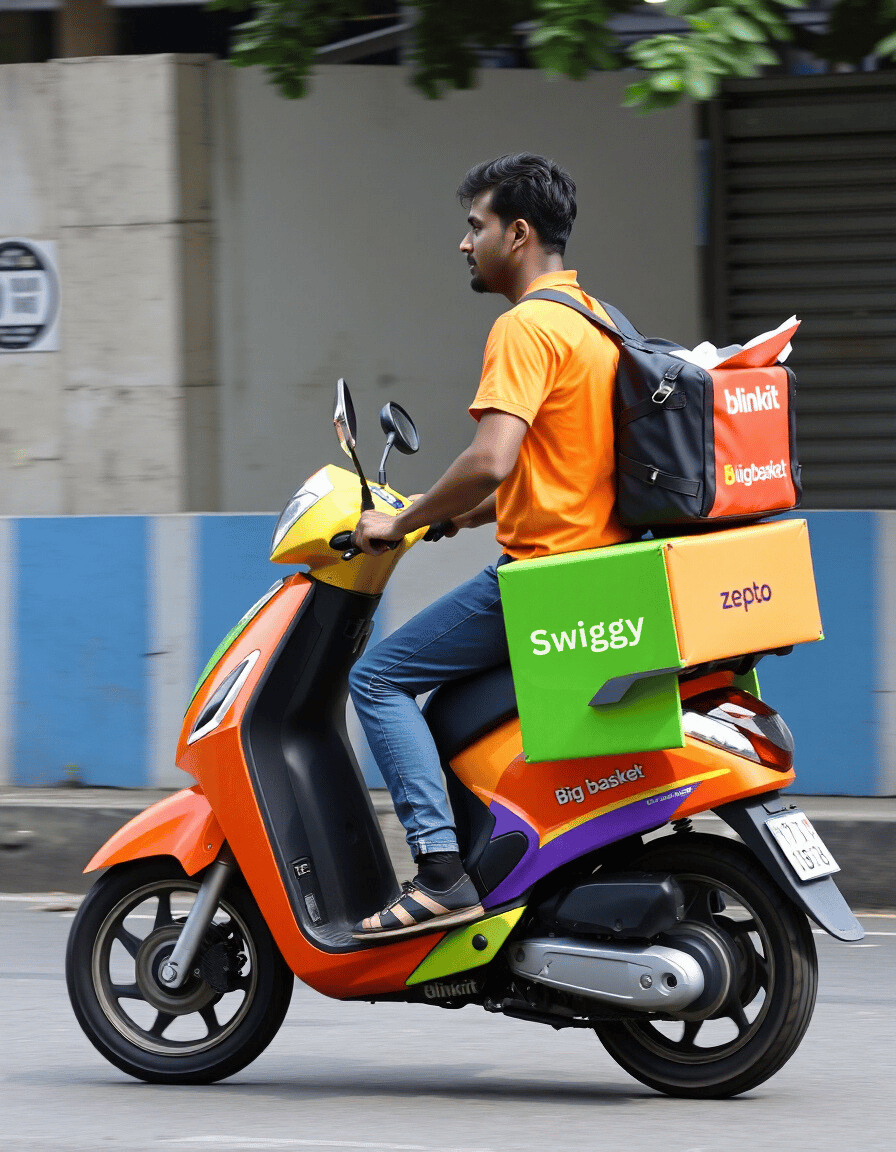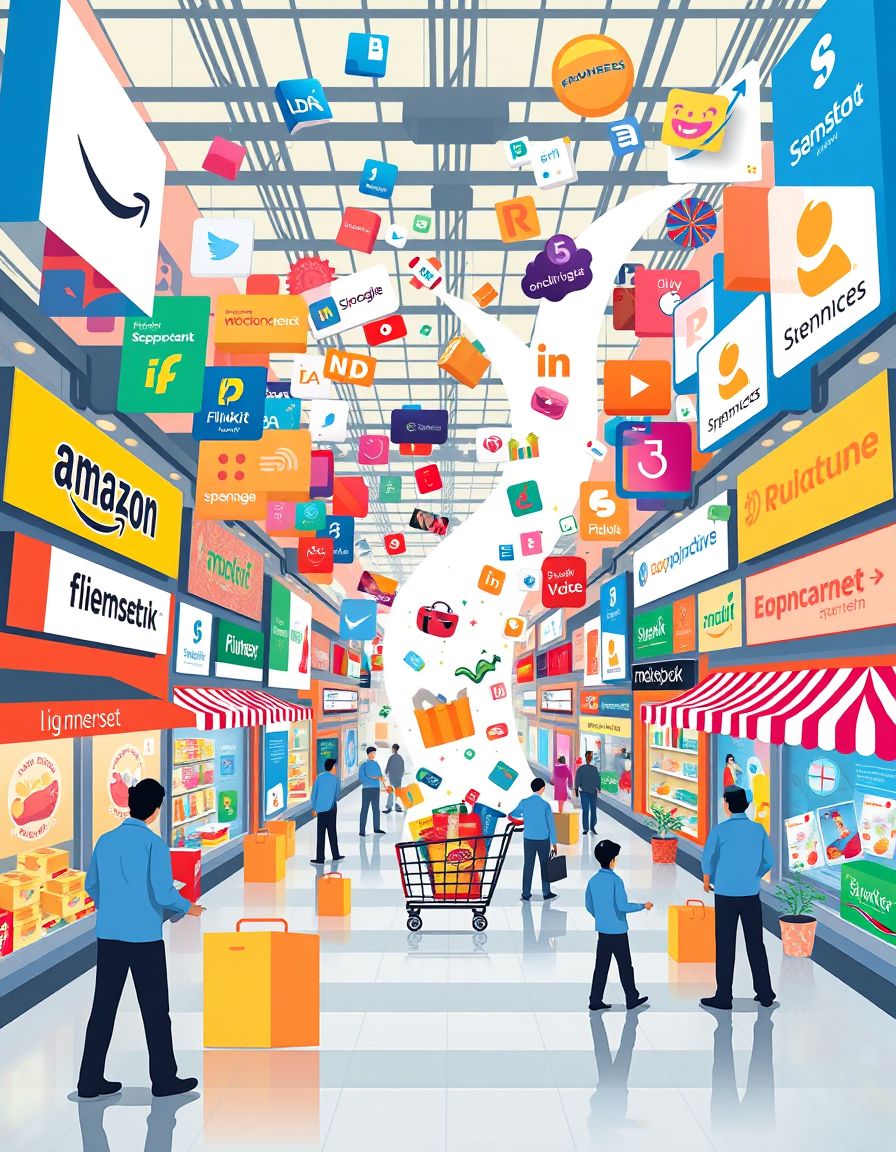The Growth of Quick Commerce in India
Quick commerce in India is growing fast. By 2029, it will be worth ₹82,000 crore. Every day, millions of Indians order groceries and daily items through these apps. For brands, this means a huge opportunity - but only if you can master the supply chain.
Real Supply Chain Challenges at Dark Stores
Here's what makes supplying to dark stores difficult:
- Different delivery slots in each city: Mumbai's dark stores might accept deliveries in the morning, while Delhi's prefer evening slots.
- Multiple warehouses in the same city: In cities like Bangalore, you might need to supply to 20-30 dark stores daily.
- Stock planning issues: Dark stores often need small, frequent deliveries instead of bulk orders.
- Different billing requirements: Each platform has its own invoice format and documentation needs.
- Returns and rejections: Sometimes dark stores reject stock due to short expiry or damaged packaging.
Practical Solutions That Work
Let's look at three proven ways to manage your quick commerce supply chain:
1. City-wise Distribution Network
- Set up one main distributor in each major city
- Let them handle daily deliveries to all dark stores
- They manage local warehousing and last-mile delivery
- You ship in bulk to them instead of multiple small shipments
2. Third-Party Logistics Partners
- Companies like Eshopbox manage pan-India distribution
- They handle platform-specific billing and documentation
- Provide real-time stock updates from all cities
- Manage returns and rejections professionally
3. Hub and Spoke Model
- Set up regional warehouses in 4-5 major cities
- Each warehouse supplies to nearby cities
- Maintain buffer stock at each hub
- Better control over stock freshness and quality
Success Story from a Personal Care Brand
A Mumbai-based personal care brand was supplying to 200 dark stores across 8 cities. They faced frequent stockouts and high logistics costs. Here's what they did:
- Divided India into 4 zones
- Appointed one main distributor in each zone
- Shipped bulk stock to distributors weekly
- Distributors managed deliveries to the various quick commerce platforms
Their stockout rates dropped from 45% to 8%, and logistics costs reduced by 30%.
Step-by-Step Implementation Guide
Start mastering your quick commerce supply chain:
1. Map Your Dark Stores
- List all dark stores city-wise
- Note their delivery timing preferences
- Track their average daily demand
2. Choose Your Supply Model
- For 1-3 cities: Direct supply might work
- For 4-10 cities: Use regional distributors
- For pan-India: Partner with Regional C&F companies
3. Set Up Stock Movement
- Keep 15 days stock at city level
- Maintain 7 days stock at dark stores
- Plan weekly replenishment cycles
4. Technology Integration
- Use simple inventory tracking tools
- Connect with platform dashboards
- Monitor stock levels daily
Quick Commerce Supply Chain Trends
The supply chain for quick commerce is evolving:
- More dark stores are opening in Tier 2 cities
- Platforms prefer daily small deliveries over weekly bulk
- Real-time stock tracking is becoming essential
- Same-day stock replenishment is the new normal
Remember, successful quick commerce supply isn't about speed alone. It's about consistent, reliable deliveries to multiple dark stores while keeping costs low. Start with one city, perfect your model, and then expand. Your brand's success in quick commerce depends on how well you manage this complex supply chain.
Want your brand to grow with quick commerce? Start by implementing these solutions one step at a time. Thousands of Indian D2C brands are figuring this out - you can too!
More Articles to Explore

Integrating with Quick Commerce APIs
India's leading quick commerce platforms for instant delivery—Blinkit, Zepto, Swiggy Instamart, and BigBasket—are revolutionizing how brands manage supply chain operations at scale, delivering goods to consumers in as little as 10 minutes. For brands dispatching bulk inventory to fulfillment centers, API integration is the cornerstone of automated supply chain optimization for quick commerce.

A Complete Strategy Guide for 2025
In the bustling world of FMCG (Fast-Moving Consumer Goods), the prowess to negotiate effectively with quick commerce platforms like Blinkit, Zepto, and BigBasket has become a game-changer. These platforms open gateways to countless customers, making negotiation skills vital for thriving in today's dynamic marketplace. Here's a simple guide to bolster your negotiation tactics and build strong partnerships with these platforms.
![[object Object]](/_next/image?url=https%3A%2F%2Fcdn.sanity.io%2Fimages%2F15uaalow%2Fproduction%2Fd75bb04bff64c0b68a72a2a699ba50626af0e542-896x1152.png%3Ffit%3Dmax%26auto%3Dformat&w=3840&q=75)